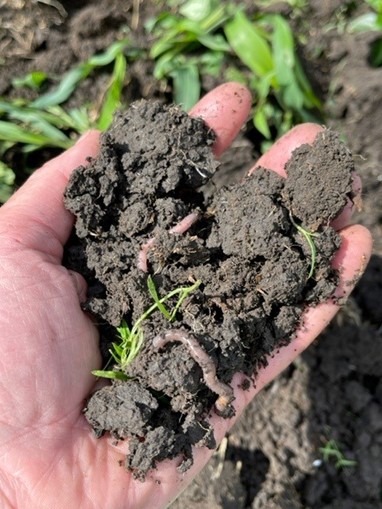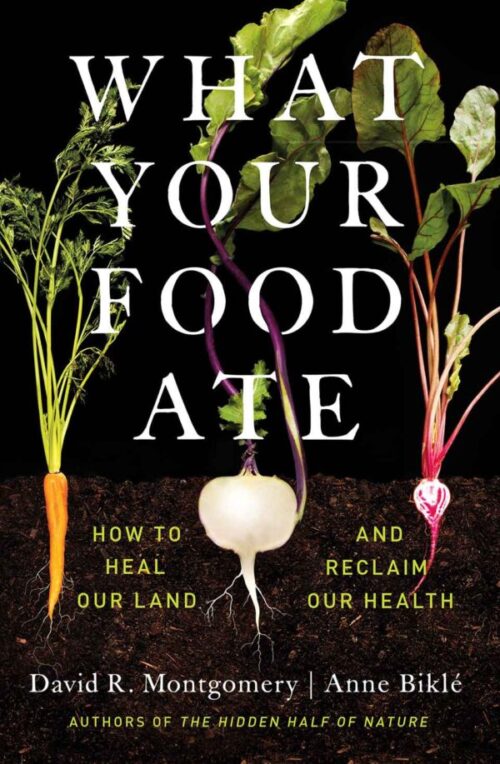An image of where the SA Ranch is going: this is soil from Gabe Brown’s North Dakota Farm in August 2022
Ranch Update
It has been two years since our last update on the SA Ranch. In short, it has been a humbling time to be a farmer or rancher in central Montana. The region in which we are located has suffered through three years of drought and an epic explosion of grasshoppers. The combination of these two natural events has virtually brought our efforts to improve soil health on the ranch to a screeching halt. As a small indicator of how dry it has been, the SA Ranch has 18 miles of Arrow Creek running through it. During the first six years I owned the ranch, the Arrow Creek never dried up, but it has been dry for most of the summer for the last two years. In addition to the creek, our springs and well both dried up in August and we were reduced to hauling water to keep our cows alive. Drought and lack of water in the soil becomes self-fulfilling at some level. The drier conditions become, the more baked and crusted over the soil gets and the more difficult it is for moisture to sink in. This issue is especially acute in degraded soils like those on the SA Ranch and throughout most of Central Montana. Grasshoppers are yet another challenge. Like moisture, the issue with hoppers ramps up as drought conditions persist because hoppers thrive on bare soil. In the summers of 2021 and 2022, the damage to our native range land, diversified hay fields, and cover crops from hopper infestations was staggering. The hoppers would reduce whole fields of grasses to dirt, and then move onto the next. Our advisor, Gabe Brown, assures us that the biology we have been working so hard to create remains intact in the soil. He says that all we need is a good moisture year and the hoppers to cycle back to normal.
Without question, these twin plagues are frustrating. We continue to plant cover crops across our crop lands, and we have made significant progress over the last two years on building out the water and fencing infrastructure necessary to intensify our grazing practices to be more rotational and managed. If this down cycle of water and pests happens in nature, the ungulates (think buffalo on the Northern Plains) who are the critical cultivars in grasslands would choose to change migration paths for a few years. We have done the same thing on the SA Ranch by reducing the size of our herd down from its peak of 450 mother cows to the current Fall-2022 level of 100 mother cows. We will operate with this level of animals until such time we see the ranch’s range and cropland cycling back to health. Although it is super frustrating to be living through this bad stage of the cycle, these difficult weather and pest events have only increased our resolve to increase the resiliency of our land. We are clear that the optimal way to do this is by employing regenerative practices as prescribed by the ranch’s advisor, Gabe Brown.
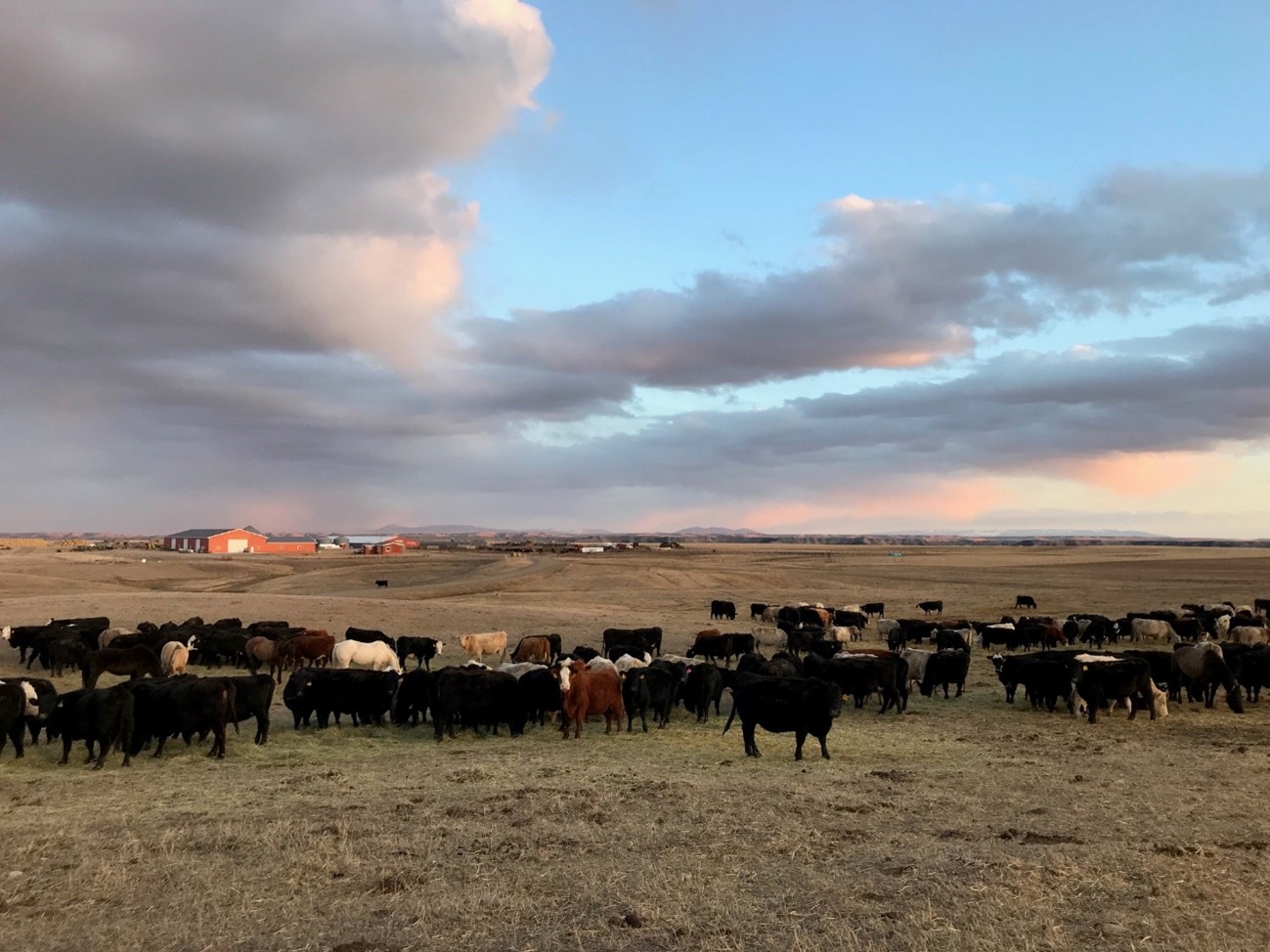
Herd counting day on the SA Ranch.
Focus on Education
Thankfully, we have some positive developments to report over the past two years as it relates to improving the body of knowledge around the benefits of regenerative agriculture on humankind and the Earth. I am very proud of both of these projects (a book and a film) and am thrilled to be able to help contribute to our collective understanding about the powerful benefits of land stewardship on all of us. While I will continue to work on the SA Ranch and will not rest until its soils show significant improvement, the ability to utilize the media platform embedded in books and movies is a game changer as it relates to “spreading the word” and is likely the best use of my time.
Educational Project #1: What Your Food Ate Book Release
Educational Project #1: the results of Dr. Montgomery’s research on the connections between soil health and human health.
I was first introduced to Dr. David Montgomery in October 2018, shortly after the release of his book Growing a Revolution. Growing a Revolution was the third book in his “Dirt Trilogy” and covered how particular farming methods can reverse past soil degradation. I had previously read the two prior books in his trilogy, The Hidden Half of Nature and Dirt and I knew I had to meet him after I read Growing a Revolution. From the moment we were first introduced, I knew David would be the right person to help me accomplish my goal of helping to prove the impact that food grown in healthy soil could have on human health. Intuitively, I knew that practicing regenerative agriculture would create healthier soil and that food grown in healthier soil would create healthier humans. But I was shocked at the lack of scientific research done to support that premise. At the time, much of the readily available research focused on the nutritional density of food, and not the role that healthy soils play in that equation. Fortunately, I was able to forge a relationship with Dr. Montgomery and finance his research efforts to help prove this out.
Dr. Montgomery’s research in this area resulted in a fourth book that was published in the summer of 2022, titled What Your Food Ate: How to Heal Our Land And Reclaim Our Health. Here is a summary of the book’s premise as written by Dr. Montgomery:
“We all know that diet matters and have heard the adage “you are what you eat.” But dig a little deeper and it becomes clear that what our food eats—how we grow crops and raise animals—rounds out the story. Farming practices intimately influence soil health and those that comprise modern farming—frequent tillage and excessive synthetic nitrogen fertilizer and pesticide use—have degraded agricultural soils. As a consequence, the beneficial compounds in foods that underpin human health are either reduced, as with phytochemicals. Or, in the case of fats in meat and dairy, their proportions are changed. Yet farmers in both the industrialized and developing worlds are improving soil health through changing their practices. Combining ancient wisdom with modern science reveals ways of farming that provide sufficient yields and foods suffused with the array of compounds central to human health. It turns out that what’s good for us is good for the land too.”
I urge you to buy this book and read it cover to cover. You will learn many things, but I guarantee you will be convinced on the importance of sourcing non-feedlot, non-CAFO meat (specifically as it relates to fatty amino acids) and how important whole grains are in your diet. The book is available for purchase on Amazon.
Educational Project #2: Common Ground Documentary (the Kiss the Ground sequel)
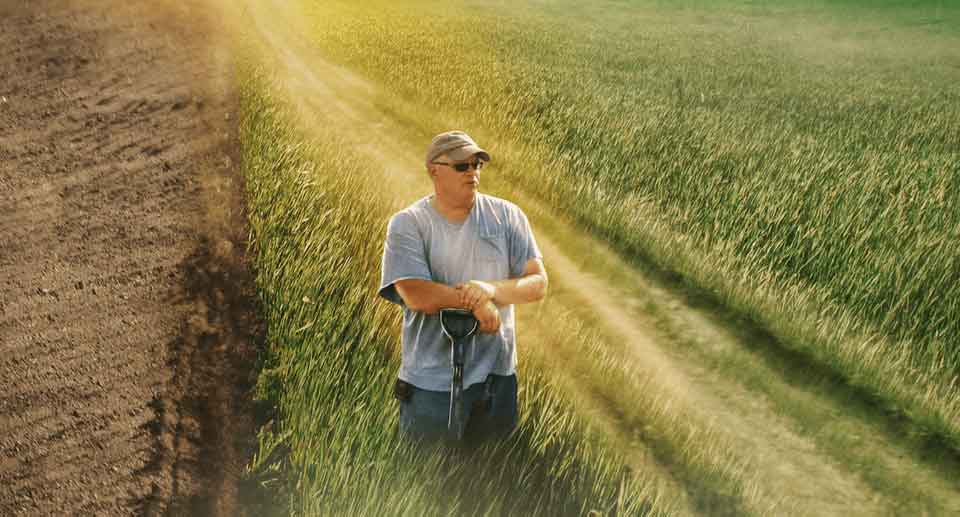
Educational Project #2: Common Ground, the sequel to the Kiss the Ground documentary.
In our last update, I urged you watch the incredible documentary, “Kiss the Ground” (https://kissthegroundmovie.com), which was directed by the husband-wife team of Josh and Rebecca Tickell (FYI – the trailer has 9.5 million views at the time I am writing this update so they are close to reaching their goal of 10 million views!). You will, of course, know the important role that our advisor, Gabe Brown, and his colleague, Ray Archuleta, both play in this documentary.
After I watched Kiss the Ground for the first time, I knew that I had to meet the Tickells. I was convinced that they would be the right team to help continue educating the world about the power of regenerative agriculture. Fast forward to 2022: I am now the Executive Producer of Common Ground, the Kiss the Ground sequel which will be released in late 2023. The hope is that Common Ground will become the definitive documentary on regenerative agriculture. It aims to highlight both how conventional agricultural systems have evolved to today’s state of affairs as well as the benefits and features of regenerative systems. We are hoping to release the documentary at the 2023 Tribeca Film Festival, but please stay tuned. It appears that the movie business takes many twists and turns. What I can tell you today is that we have gathered amazing footage from scientists, farmers, ranchers and policy makers and the film should be powerful and compelling.
I truly believe that regenerative agriculture is at the proverbial “tipping point.” Case in point: the Biden Administration committed $22 billion this summer towards Agriculture Department programs focused on regenerative or climate-smart agriculture. I believe that Common Ground should really accelerate this movement. Aside from the film, many entities are working on commercializing regenerative offerings and I’m guessing that you will see a proliferation of regenerative products and messaging over the next few quarters. There is a high level of focus on climate and “ecosystem-friendly” agriculture systems, particularly as it relates to corporate ethos and policy. We believe that Common Ground will be well received and regenerative practices will become increasingly mainstream. We look forward to keeping you updated as we get closer to the release date for the film.
BreadLab Grains (“BLG”) Update
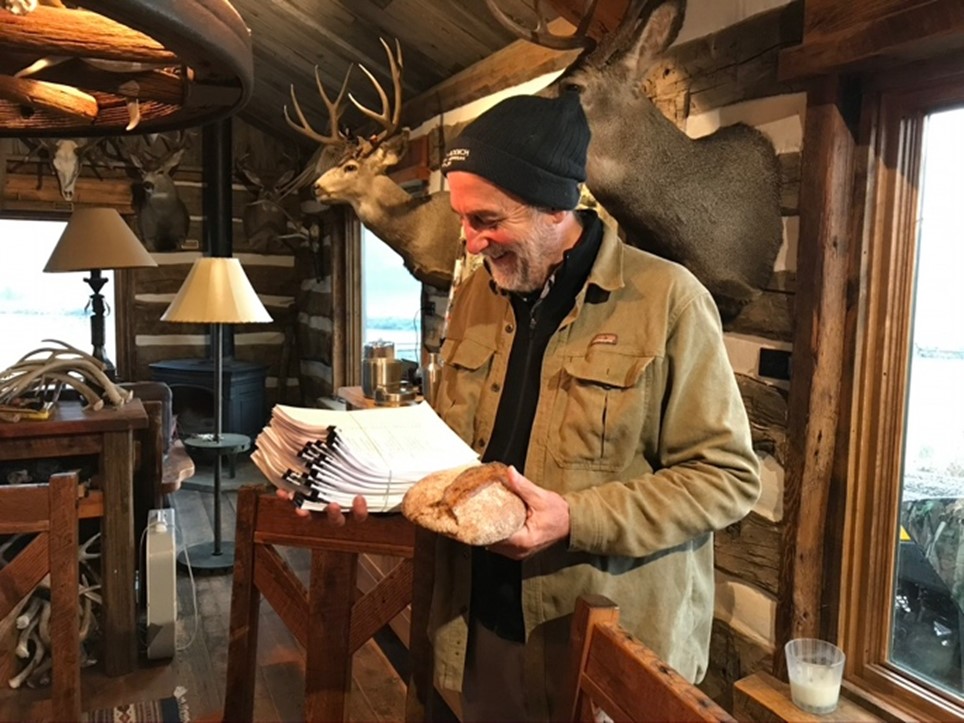
Steve Jones, The Bread Lab
I wanted to update you on the perennial wheat crop that we discussed in our last update. Over the past few years, we have been working on the development of commercialization of small grains that have been bred for nutrition and to be grown in non-conventional (i.e. regenerative) systems. We have been working with Dr. Steve Jones of The Bread Lab (a Washington State University research affiliate) to develop these perennial grains. The “star” of the mix is Salish Blue. We have been on a mission to prove out the environmental and nutritional power of this plant at scale. The prospect of a perennial grain that provides multiple years of crops and potential some grazing makes it an ecosystem “dream crop”.
In 2022 and 2023, we will plant over 1,000 acres of BLG crops across seven states and look to fully commercialize this in the 2023/2024 growing season. It is our hope that BLG flour will be available for sale to the general public sometime in the next year. Our vision is that BLG will continue growing as a regenerative enterprise supplying non-commodity grains to food producers who wish to address the growing consumer demand for regenerative products. We look forward to keeping you updated on our progress in this area.

